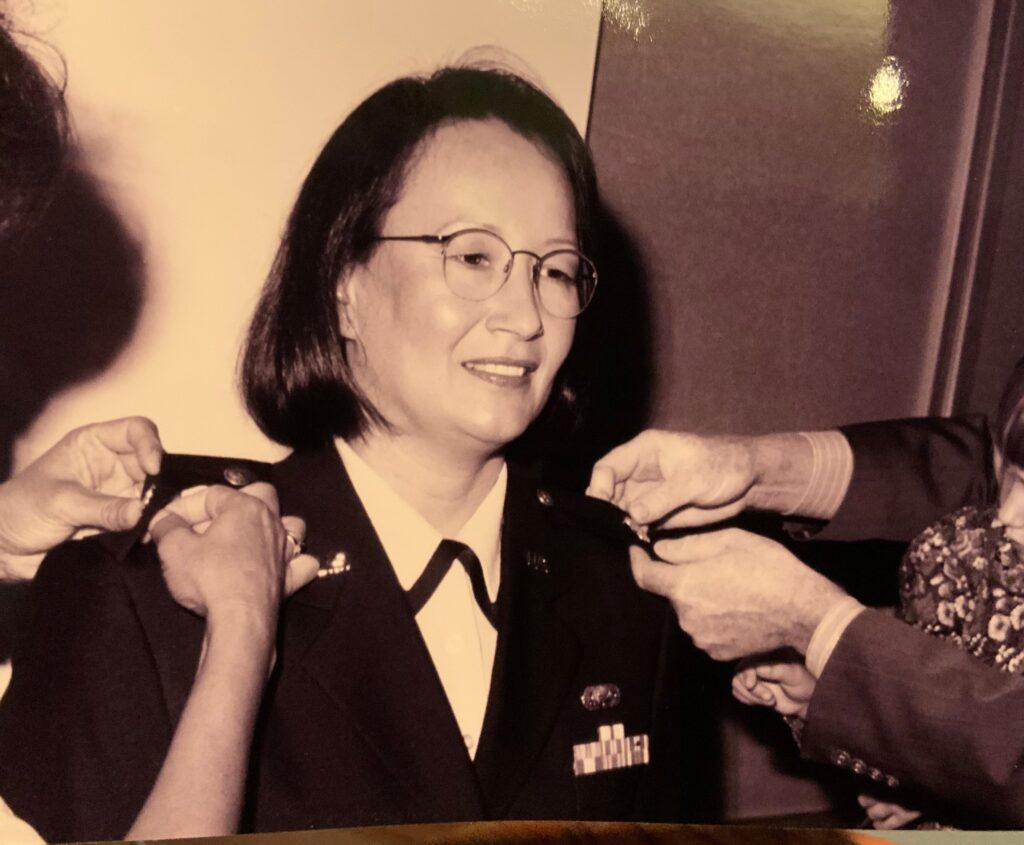November marks Native American Heritage Month. To honor Native Americans who have served our country, CVN’s Chief Clinical Officer, and Chair of the network’s Diversity, Equity, Inclusiveness Committee, Dr. Tracy Neal-Walden connected with one of her previous mentors, Dr. Ardis “Rd” Cecil for this Q&A.
Both participants are psychologists and veterans of the U. S. Air Force.

Neal-Walden: We know that many people from many different walks of life come to military service for a variety of reasons. Some are looking for purpose, some for belonging, some for opportunity. What drew you personally to serve?
Cecil: I was a high school counselor in Montana in 1985. The Air Force recruiter in the area was always professional and helped with administration of the ASVAB (Armed Services Vocational Aptitude Battery) — a great tool for making career/work decisions after high school. The recruiter helped me participate in the educators’ tour of the Air Force Academy. What an amazing place! The recruiter shared about the opportunity of officer training school, along with the protection of my current job if I volunteered for four years of service. So, I made the leap.
Q. What memory or experience was the highlight of your service for you?
A. My most memorable experience was serving at the Air Force Academy for six years. I never in my wildest dreams thought I would be selected for that prestigious institution. I did learn during the educators’ tour that the only job where an officer could work as a counselor was at the AFA Cadet Counseling Center. A related highlight, a wonderful gift, was being selected by the behavioral science department for a three-year full ride scholarship to earn a PhD. in psychology.
Q. What would you say was the biggest challenge you had to overcome during your service?
A. My first challenge was simply getting into the Air Force. I needed an age waiver since I was over 30. The second challenge was successfully completing a psychology Ph.D. in three years, which included coursework, a dissertation, and a 12 month APA approved internship. I was the first in my family to get a college degree. Also, the Air Force survey office disapproved of my request for surveys on cadet attitudes about homosexuality in 1995. So, without tossing out mounds of research and data already collected, I was able to design another dissertation on gender role attitudes.
Q. Based on your upbringing and culture, were there specific challenges that you faced as a woman of Native American Heritage in the military?
Being an enrolled Native American who grew up on an Indian reservation, but not knowing much about the culture was a heavy burden to me — knowing reservation culture vs Indian culture. I helped with base Native American month activities, but I felt superficial in my contributions. I’ve since made peace in my heart about this. My father (born in 1914) was sent to three different Indian boarding schools from age five through high school graduation. Not only was it an indoctrination to take the ‘Indian’ out of him, but it was a lonely life for him as he was only a quarter Indian. My Dad survived by working in the kitchen and gardens — and always had enough to eat.
There wasn’t much indigenous culture in our home except food — lots of deer, elk, pheasant, antelope, trout, Indian turnips, and tripe. Late in life for me, while at the AFA, I met a wonderful lady who offered to make a traditional dress for me. I provided all the materials and had to choose colors and design meaningful to me — a wonderful healing experience.
Q. Do you think Native American’s face unique challenges in the military? If so, what are they and what are your recommendations for managing them?
A. That’s a tough question. Anecdotally, I think that being assertive and ‘tooting your own horn’ on applications/appraisals would be culturally harder — making visibility and opportunities in the military harder. Many male Indians would be hard-pressed about cutting their hair. A big concern of mine is statistics in general about Native Americans — they are rare. When national statistics on race are reported, check out if any are listed for Native Americans — Native Americans tend to be invisible.
Q. What recommendations/advice would you give someone about to join the military (especially someone who may be full a similar background)?
A. I think many will do well because there is a strong tendency to treat others as family. Hopefully, that will be reciprocated.
Q. We know that one of the hardest things a service member ever does is take off the uniform and return to the civilian world. What do you remember about the first days or weeks that you took off your uniform for the last time? How did you feel about transitioning to civilian life?
A. Transitioning was hard because the work tempo seems slower and military meetings/talking points have set my expectations too high for many civilian meetings. I think in concise bullet statements. I did work as a civilian for the 42nd medical group for 10 years, so that helped the transition.
Q. What things are important for individuals to know to increase their knowledge of individuals of Native American Heritage?
A. It is tricky but it’s important to note how unique and segmented our population truly is. The answers I’ve given in this discussion might be totally different for other Native Americans. There are over 500 nationally recognized tribes. I have more of a ‘Plains Indians’ perspective. Indigenous foods, regalia, customs, and history will vary across the country.
